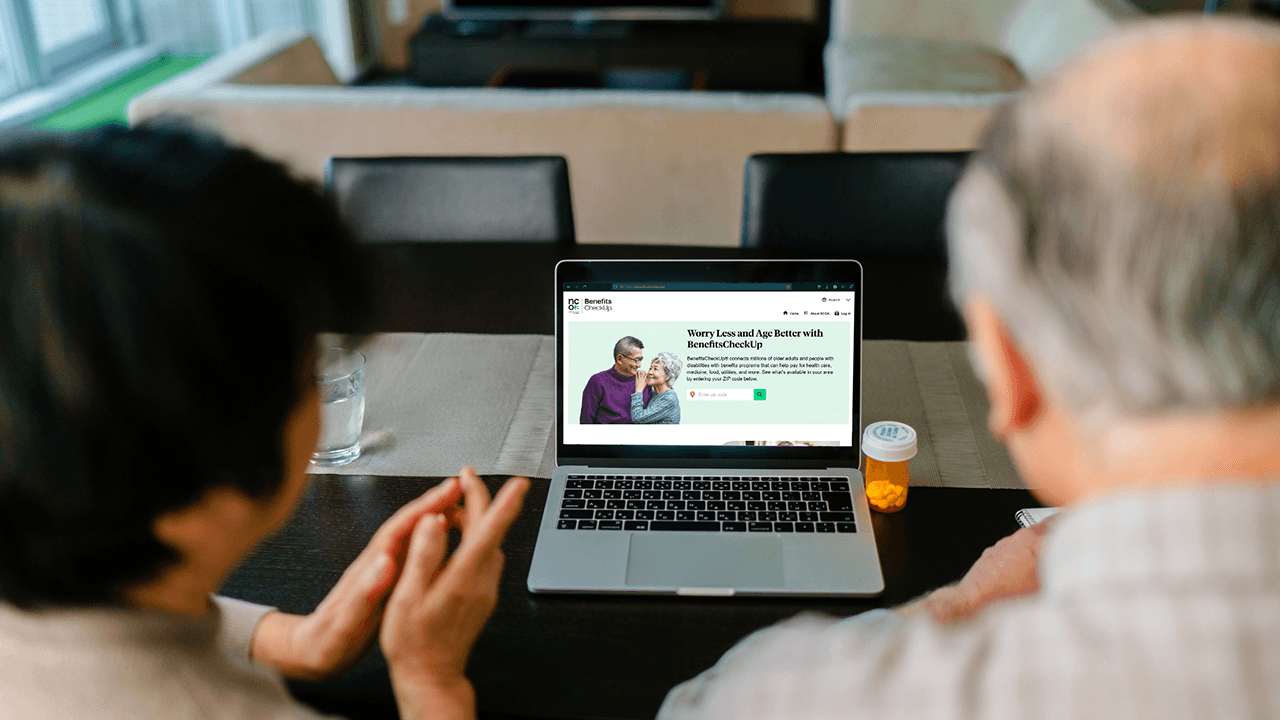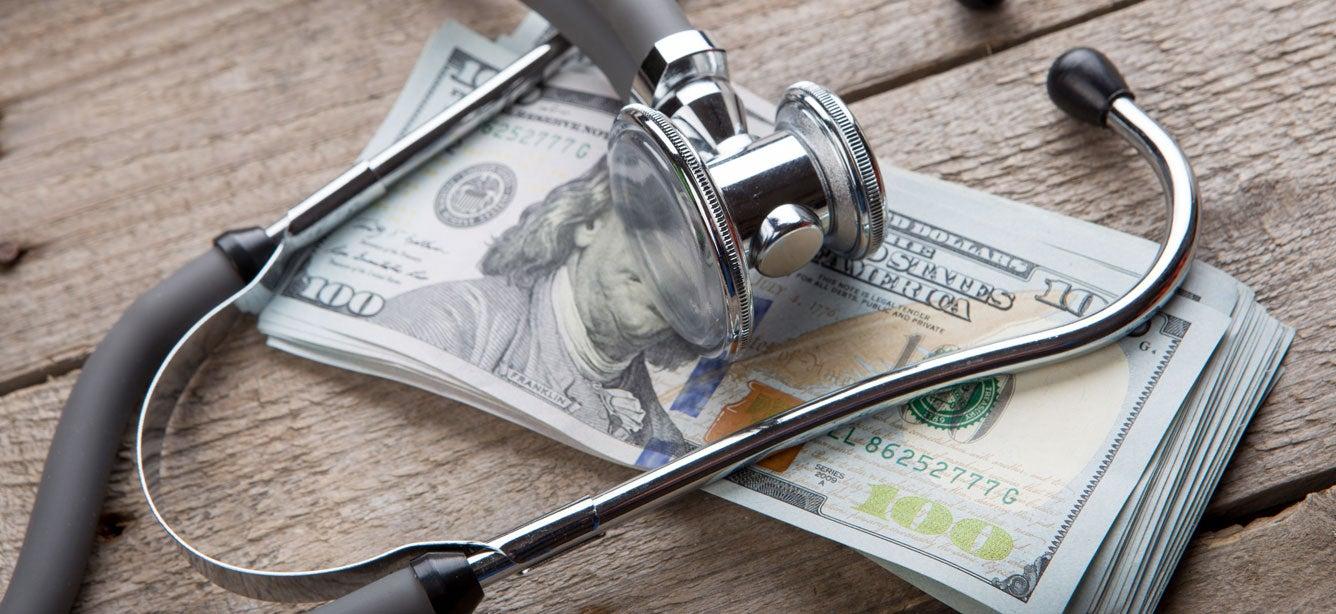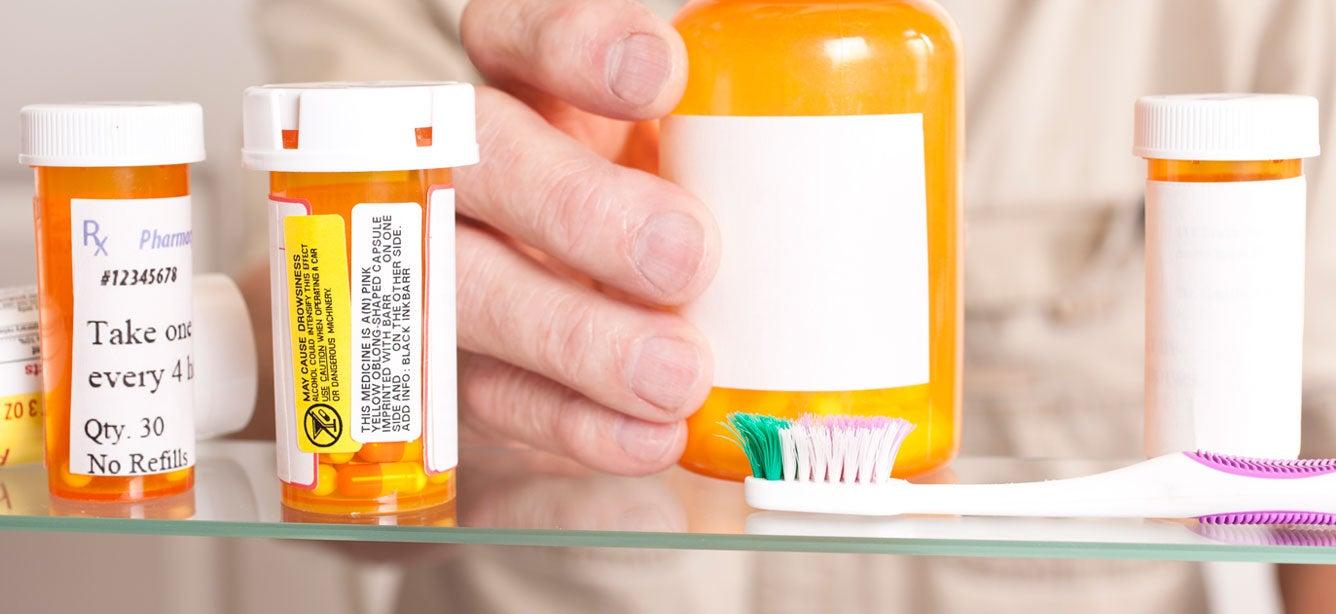
Many of us rely on prescription medications to manage chronic conditions and stay healthy. But affording medications can be difficult when you have low income and the cost of your prescriptions is high.
If you’re having trouble paying for your prescriptions, there are a few options that could save you money (and have less stress).
How can I get financial assistance for medicine?
1. Talk to your doctor—and your plan. A formulary (approved drug list) is a list of prescription drugs a Medicare Part D or private insurance plan covers. When you’re prescribed a new medication, you should check to see whether it’s on your plan’s formulary and how much your copayment is. If your drug plan doesn’t cover your prescription, or if your copayments are very high, ask your doctor for help. Physicians will know whether there are comparable, less expensive drugs (e.g., generics) that may be available to you; some may even be able to provide free samples of medications while you seek other coverage options. Doctors can also request an exception to ask your Part D or private plan to cover the medication, or to pay at a lower tier.
2. See if you can get Extra Help. The Medicare Part D program has a subsidy called Extra Help that helps people with limited income and resources pay for their drugs. If you get Extra Help in 2025, you’ll pay:
- No premiums for your drug plan
- No deductibles
- No more than $12.15 for each brand-name drug the plan covers ($4.90 for generic)
NCOA's BenefitsCheckUp® is a free online tool where you can learn more about Extra Help—and other benefits programs that can help you spend less and stay healthy. Visit BenefitsCheckUp® to get started today.
3. Check with your state. Many states have State Pharmaceutical Assistance Programs (SPAPs) to help people with pay for their prescriptions. Some SPAPs work with Medicare Part D to provide "wraparound" coverage, meaning they help pay for certain costs that Part D does not cover. However, each state runs its program differently, so it’s best to check what the rules are in your area. Find out whether your state has an SPAP.
4. Find help from drug manufacturers. Patient Assistance Programs, or PAPs, are programs offered by drug companies to help people pay for their medications. Through these programs, many drug manufacturers offer the drugs they make for free, or at a discount. Some PAPs are for people who don’t have insurance, while a few help people with Medicare Part D who don’t qualify for Extra Help. Our BenefitsCheckUp® tool can help you see if you qualify for a PAP and other valuable benefits programs.32
5. Explore drug charity programs. Several national charity programs exist that can help people with Medicare afford their medications. Many of these specifically focus on assisting people with chronic conditions and rare diseases. See a list of drug charity programs or visit NeedyMeds to find out what kind of assistance is available to you.
6. Don’t forget Open Enrollment! Every year from Oct. 15 to Dec. 7, people with Medicare can switch their prescription drug plans for the following year. If you’re having trouble with your drug costs, it’s a good idea to compare plans to see if there’s a more affordable option. You can go online at any time to compare plans using the Medicare Plan Finder, or you can get personalized help from your State Health Insurance Assistance Program (SHIP). Every state has a SHIP that offers free, objective, and personalized advice to people with Medicare. You can also ask your SHIP whether you qualify for a Special Enrollment Period to switch plans. Find your SHIP.



